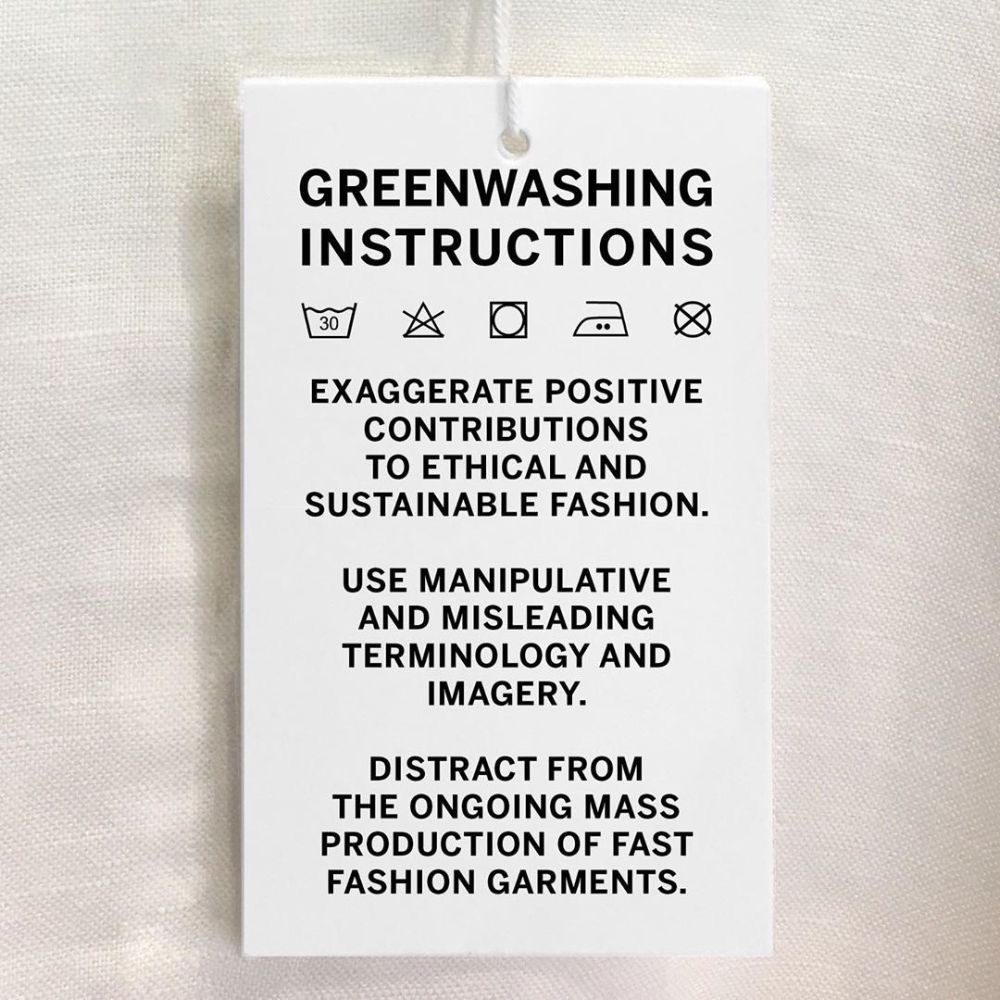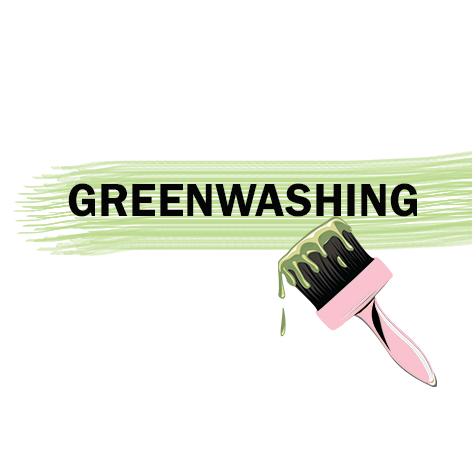More and more fashion brands are joining the so-called ‘green side’. Sustainable initiatives that grab consumers’ attention, but are these initiatives real or just a fad?
Many believe that sustainable fashion is now a trend, as conscious consumers seek an ethical relationship with brands that respect both human rights and the environment. Unfortunately, not all brands live up to these ideals and fall into what is known as greenwashing. This term refers to the use of the sustainability concept as a marketing strategy, i.e. to create an illusory image of ecological responsibility.
“It’s an image-washing attempt by some companies to appear to be sustainable, without being so”.
Sostenibleosustentable.com

False sustainable initiatives.
Consumer habits have changed.
Due to the high level of consumerism we face on a daily basis, we have had to take measures to solve the huge impact this has on the planet. “The average consumer buys 60% more clothes now than 15 years ago,” says Ximena Banegas from the Moda Fósil campaign.
A fad, a must or a cultural change? According to Silvia Organista, an expert in sustainable development, in recent years sustainability has become a trend; consumers demand other types of products and services. So, many companies have had to adapt, thus joining the wave of sustainability.
Sustainable collections in fashion brands are more and more common. A survey of fashion firms in Europe and North America shows that 85% of brands aim to use recycled bottles in their production. Ximena Banegas, from the Moda Fósil campaign, talks about how recycled polyester made from recycled bottles is becoming “the magic pill that will fix the pollution problem”.
Yes, many brands have introduced collections as sustainable initiatives, but these are not enough to balance the impact generated by the rest of their production.
But how to identify greenwashing?
- Lack of information and transparency in the origin of garments.
- They produce their garments in developing countries, where labor conditions are not decent.
- Minimum certificate or by the brand itself.
- Little responsibility and commitment to sustainable actions.
“59% of European fashion companies’ sustainability claims were unfounded”.
Marta Montojo – El Confidencial.
Why are large textile retailers NOT sustainable?
-The large fashion retailers follow the concept of fast fashion, that is, fast consumption. The renewal of designs every few years encourages excessive consumption, which brings us to the next point.
-As a consequence, there is a massive production of garments that are not sold at 100%, which end up in landfills, thus generating more waste. Products made with synthetic fibers from fossil fuels, such as oil and fracked gas. This is growing because it speeds up the production process and reduces costs.
-Therefore, it does not help the preservation of the environment. 10% of the planet’s CO2 emissions come from the production of the textile sector.
From the Green Side of Pink we recommend you to use logic before buying to avoid falling into greenwashing, which is nothing more than a brand communication strategy. Be critical. Be informed. Remember that transparency is essential in sustainability.





